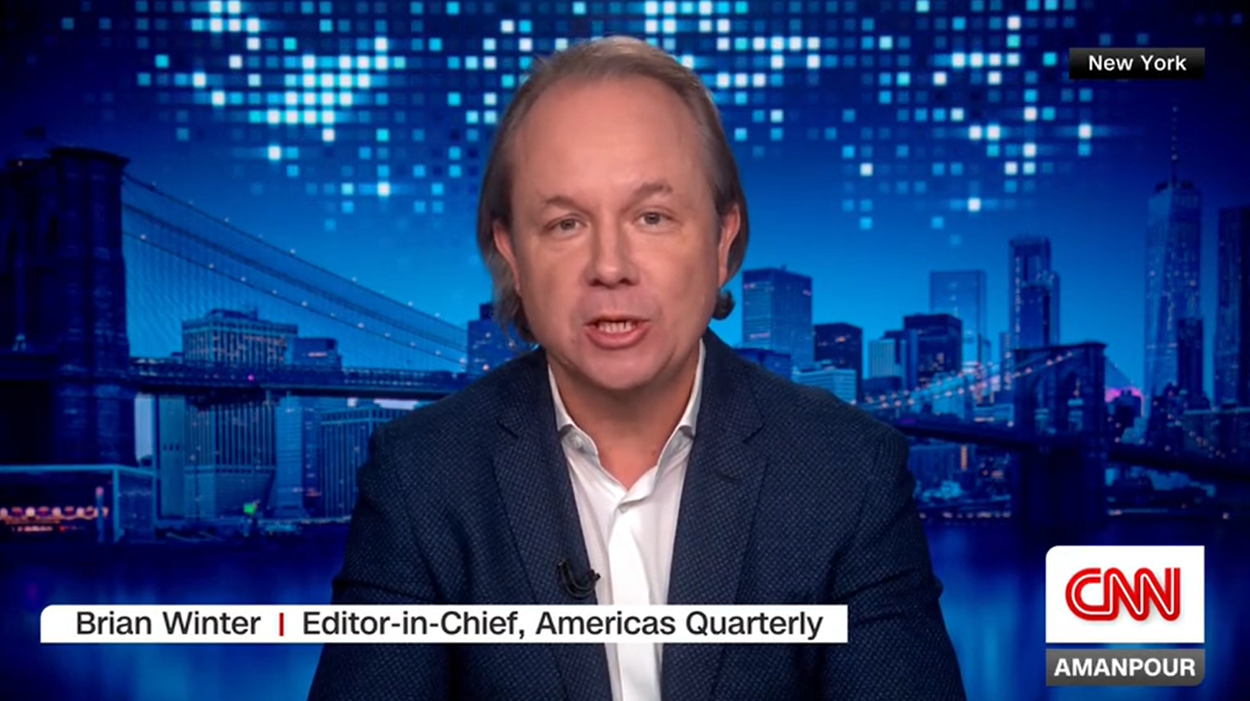On APEC's Sidelines: Chile, Peru Move on Asian FTAs
On APEC's Sidelines: Chile, Peru Move on Asian FTAs
Peru and Chile’s presidents made use of their time in Asia to carve out trade deals on APEC’s sidelines. Lima closed a deal with South Korea and concluded negotiations with Japan while Chile inked a pact with Malaysia and announced it would start negotiations with Thailand.
President Barack Obama may have fallen short last week when it came to sealing a trade deal with South Korea, but his Peruvian counterpart pulled off a trade pact with Seoul. Just after the Asia-Pacific Cooperation (APEC) summit in Japan, Presidents Alan García and Lee Myung-bak signed an agreement slated to take effect next year. The movement on that trade deal came on the heels of García concluding negotiations on another pact with Japan. But Peru wasn’t the only country deepening Asia ties on the sidelines of the APEC summit: Chile signed a deal with Malaysia and announced the start of trade negotiations with Thailand while President Felipe Calderón of Mexico focused his meetings with Asia-Pacific leaders on upcoming climate change talks in Cancun.
Implementation of the trade deal signed Monday by Lima and Seoul is expected to take place in mid-2011 and seeks to build on bilateral trade that reached $1.56 billion last year—a figure that García estimates could grow to $7 billion by 2016. Considered a “provisional” signing, the official signing should take place within the next few months after the English-language text gets translated into Spanish and Korean and clears a series of administrative steps. Under the agreement, the two countries will strip away tariffs on a large number of goods during the course of the next ten years. The pact's signature came a day after García closed trade talks with Japan in Yokohama on the sidelines of APEC. The negotiations were launched in May last year. In 2009, the trade volume between the two countries reached about $2.24 billion. As in the case of South Korea, Japan will likely see tariff reductions results in auto and electronics exports to Peru while the Andean country will enjoy increasing agricultural and mining exports to the two Asian countries.
Chile also stepped up its Asian trade ties, adding Malaysia to the roster of Asia-Pacific countries it holds trade pacts with—a list that includes Australia, China, Japan, and South Korea. The deal will remove tariffs on thousands of goods and builds on bilateral trade reaching $338 million in the first three quarters of this year. Piñera also launched free-trade negotiations with Thailand.
Meanwhile, perspectives remained mixed on the possibility of wrapping up and expanding regional trade agreements, such as the Trans-Pacific Partnership (TPP). The nine countries committed to the TPP—New Zealand, the United States, Singapore, Brunei, Chile, Australia, Vietnam, Malaysia, and Peru—hope to eliminate trade barriers and create a free-trade area by the time the United States hosts next year’s APEC Leader’s Summit in Honolulu. Mexico and China have also indicated interest in joining the group. But a Financial Times article reports that Japan, which joined TPP talks as an observer at APEC this year, faces domestic opposition to the deal from agricultural groups and some officials. Others wonder if Obama’s inability to seal the deal with South Korea could indicate a lack of political will to push through trade deals. Still, the final communiqué produced at the end of the 21-member APEC summit declared: “We will take concrete steps toward realization of a Free Trade Area of the Asia-Pacific (FTAAP), which is a major instrument to further APEC's regional economic integration agenda.”
Learn more:
- The Peruvian government’s web page dedicated to the 2010 APEC Summit.
- Peruvian government’s release regarding García’s meeting with the president of Korea and signature of the trade deal.
- Official Declaration of Finalization of Peru-Japan FTA Negotiations.
- Information about President Piñera’s Asia travels from the Chilean government’s website.
- Reuters Factbox on Asia-Pacific deals.








